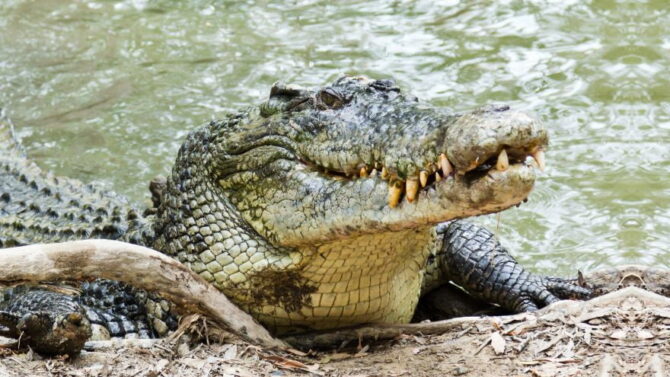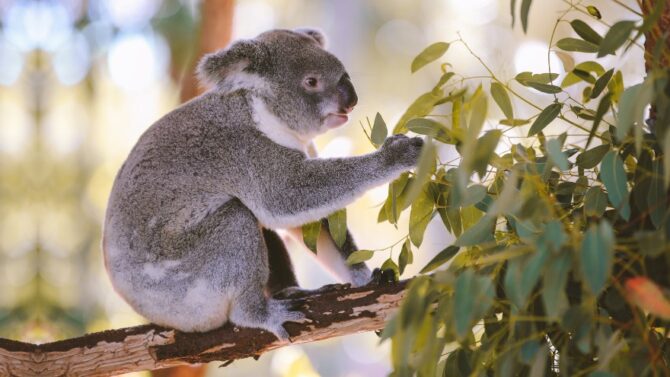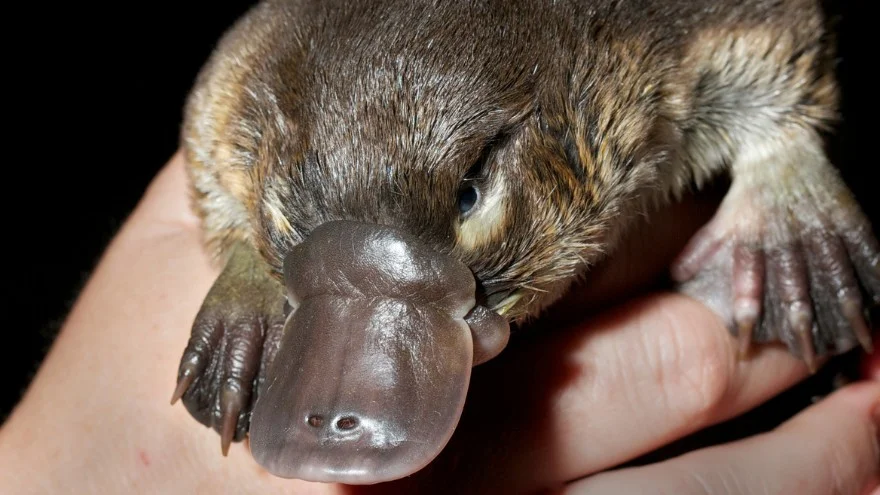Australia is unique among nations for several reasons. It is a continent, a country, and an island (with 8,222 islands), and it has no land borders with any other nation.
A country with such a vast landscape is sure to have varieties of amazing wildlife.
Australia is also home to several deadly animals capable of causing serious harm to humans or even death, and you should take extra precautions when in their habitat.
Some of the most dangerous animals in Australia include bull ants, smooth toadfish, redback spiders, Great white sharks, blue bottles, and more.
This article will provide insights into some of the deadliest animals in Australia and important safety tips for exploring the wildlife in the area.
What are the Most Dangerous Animals in Australia?
1. Bull Ants
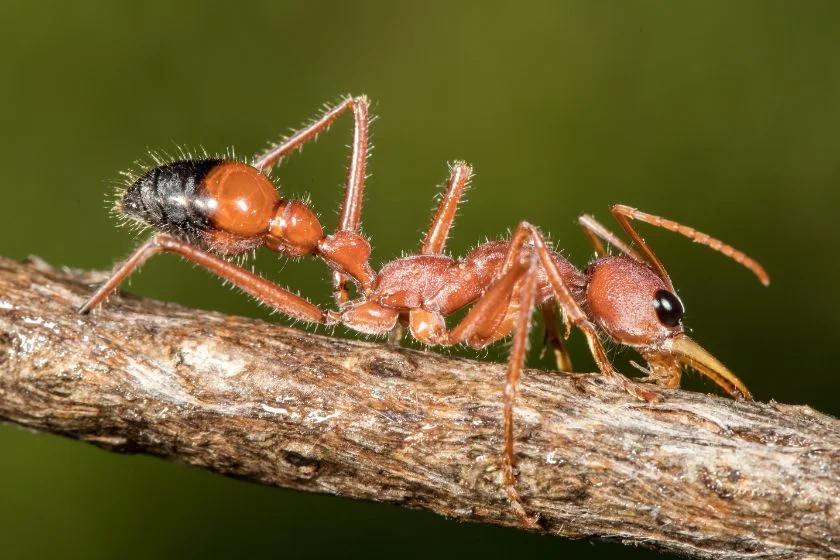
- Scientific name: Myrmecia gulosa
- Classification: Insect
- Habitat: Woodlands, forests, heaths
- Diet: Omnivore
- Conservation status: Least concern
The bull ant is one of the largest species of ants, with over 90 species worldwide.
Most ant species have a clear difference in size between the queen ant and worker ant, and this is not usually the case with bull ants as they are all about the same size.
Bull ants forcefully attack larger predators and even humans to protect themselves when threatened.
They have a large amount of toxic venom, enough to cause damage.
While bull ant bites inflict as much pain as bee stings, Australian coronial records 6 deaths from 1980-1999 due to anaphylaxis brought about by the bite from bull ants.
2. Australian Paralysis Tick
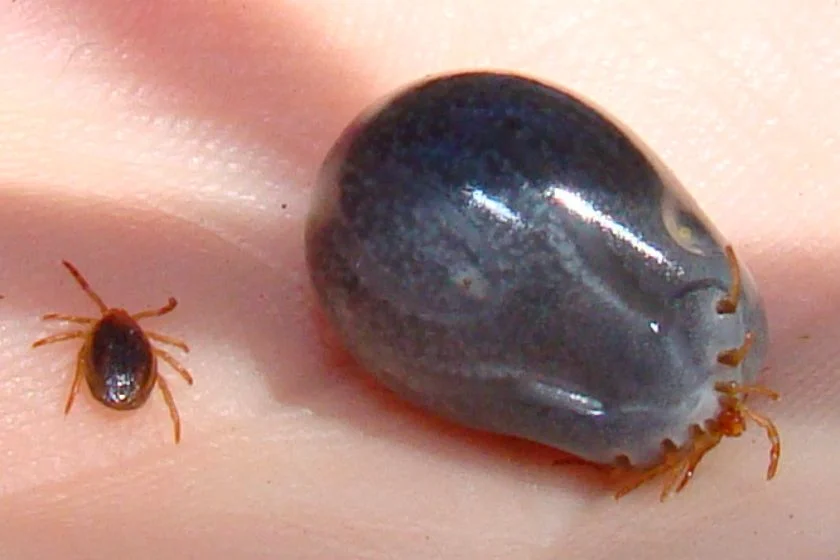
- Scientific name: Ixodes holocyclus
- Classification: Arachnid
- Habitat: Temperate rainforest, wet sclerophyll forest
- Diet: Carnivore
- Conservation status: Least concern
The Australia paralysis tick is also known as grass or seed tick because of its flat seed-like bodies. They are mostly found in Eastern Australia.
Although most tick bites do not cause serious harm, two families of ticks (Argasidae and Ixodidae) are known to be harmful to humans.
The seed tick belongs to the family Ixodidae and is known to cause much pain and even paralysis.
Usually, these ticks are found in the forest, but they find their way into homes and domestic environments by silently sticking to unaware human hosts.
Ticks need a blood meal, and humans, pets, and most hairy or furry animals are fair game.
Ticks transmit disease by infecting their hosts with parasites.
Reports from the Medical Journal of Australia in 2002 showed that there had been 20 deaths from tick bites before 1945.
3. Smooth Toadfish
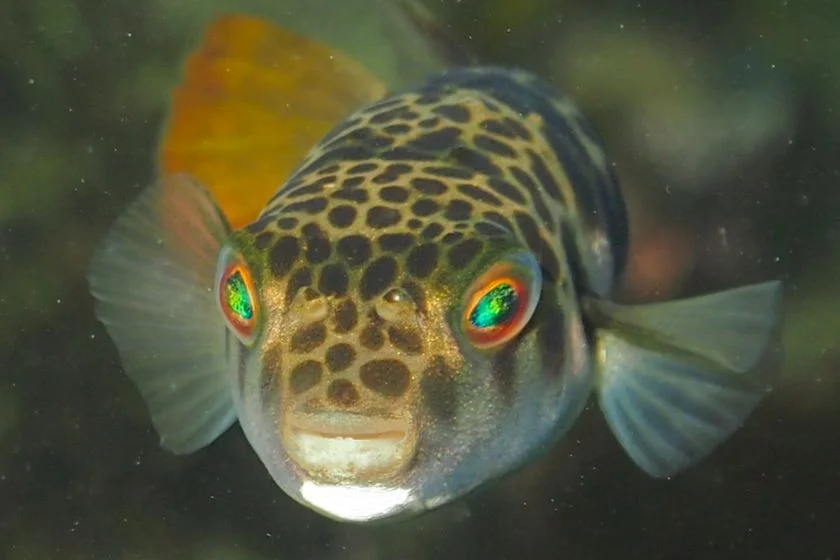
- Scientific name: Tetractenos glaber
- Classification: Fish
- Habitat: Coastal bay, swamp, swallows
- Diet: Carnivore
- Conservation status: Least concern
These poisonous baddies are mistaken for their close kin; the common toadfish can be found in South-East Australia.
It can be identified with its greenish and sometimes yellowish color and can grow up to 6 inches in length.
It feeds on crabs, algae, and shellfish, crushing them with its powerful jaws.
It is a poisonous fish, and this deters would-be predators from attacking this fish as the major poison of this fish, tetrodotoxin (TTX), is found both in its internal organs and skin.
The effects of TTX on a victim include; paralysis of the body’s breathing apparatus, desensitization, and irregular heartbeat.
This fish is poisonous to humans and animals and must not be consumed.
4. Redback Spider

- Scientific name: Latrodectus hasselti
- Classification: Arachnid
- Habitat: Savannah, desert, inside human dwellings
- Diet: Carnivore
- Conservation status: Least concern
The redback spider is a black spider with a little red or brown stripe running along its abdomen.
Female redback spiders are considerably larger than males, with the male measuring only about 3mm in diameter and the female about 1cm.
They have a large amount of venom but are not violent in their attacks, as they tend to avoid biting humans and even pretend to be dead to avoid confrontation.
Symptoms of the redback spider bite include; dizziness, excessive sweating, swelling of the bitten area, redness of the bitten area, headaches, and body pains.
These spiders are capable of causing the loss of human lives by injecting their prey with exhausting chemical messengers through their venom.
However, scientists have been able to produce an anti-venom to fight bites from this spider.
Thankfully, only one death has been reported since 1955, when the anti-venom was introduced in Australia.
5. Blue Bottle Jellyfish
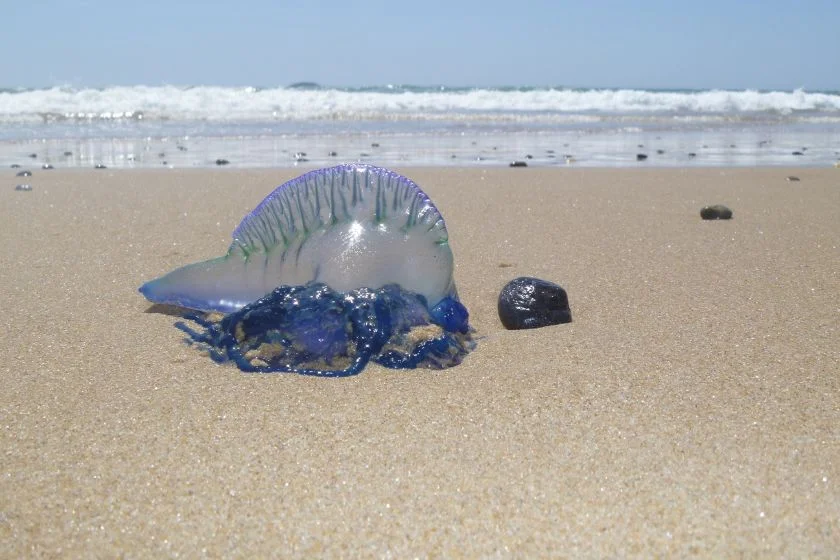
- Scientific name: Physalia physalis
- Classification: Cnidarian
- Habitat: Open beach
- Diet: Carnivores
- Conservation status: Least concern
The bluebottle jellyfish or pacific Man o’ War has a unique bluish or purple color, often mistaken for the Portuguese Man o War.
They are made up of four different polyps working together as one. They are free-floating, and one of the gas-filled polyps enables this movement.
The float itself is 1-6 inches long, while the tentacles can grow to lengths of about 30 feet.
Blue bottles forage and prey on smaller aquatic animals, injecting them with venom from their nematocysts.
However, they cause considerable discomfort and serious health issues to humans ranging from; headaches, reddish welts, swelling, heart attack, and sometimes Irukandji syndrome.
6. Great White Shark
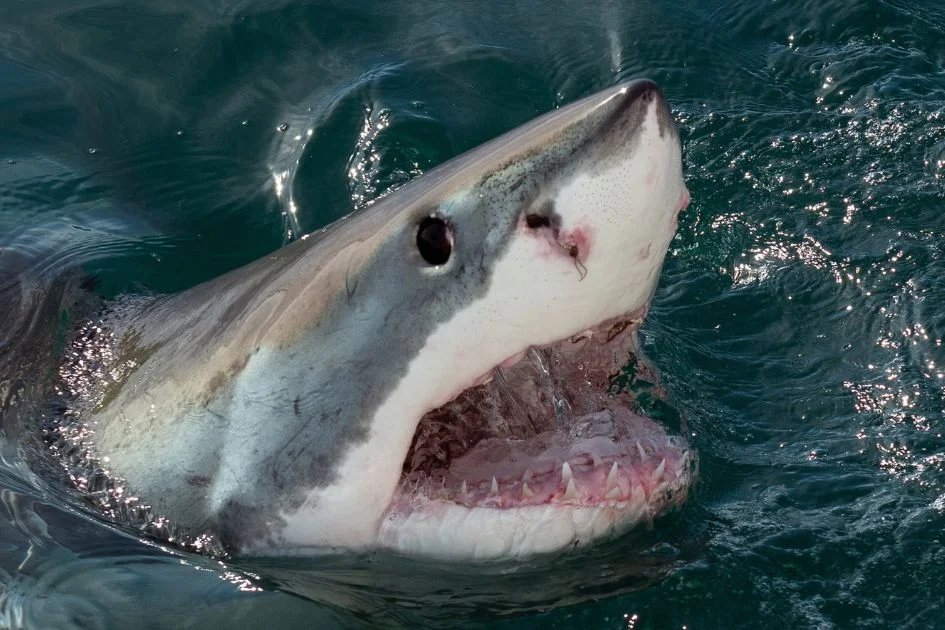
- Scientific name: Carcharodon cacharias
- Classification: Fish
- Habitat: Coastal waters, open sea
- Diet: Carnivores
- Conservation status: Criticality endangered
Sharks are at the top end of the predatory rankings and are the world’s largest marine hunters.
Weighing in at almost 4 tonnes and reaching lengths of 16-20 feet, they have up to 300 razor-sharp teeth, making them fearsome fishes.
Great whites have been sighted around the south coast of Australia, Moreton bay, and the beaches of Western Australia.
The Great white does not use its numerous teeth for chewing; rather, it is used for ripping prey into mouthfuls and swallowing.
A newly discovered dataset shows events of shark attacks in Australia dating back to 1791, and there have been an increased number of shark attacks in recent years.
The cause of this increase is unknown, but some observers attribute it to the increase in seals and beachgoers.
Australia records about 20 shark attacks yearly, with the majority in Western Australia and New South Wales.
This has negatively impacted the tourism business, especially with the recent fatality in Sydney involving a British swimmer, causing a nationwide shark hunt, despite being endangered species.
7. Reef Stonefish

- Scientific name: Synanceia verrucosa
- Classification: Fish
- Habitat: Coral reef, sandy or muddy water
- Diet: Carnivore
- Conservation status: Least concern
The stone fish has the most venomous bites of all fishes and is widely distributed in the shallow coastal waters of Northern Australia.
The stone fish has no distinct color and is excellent at blending in with its surroundings.
Camouflage is a major weapon of this dangerous predator, supported by its varied color mix of brown, red, grey, yellow, and yellow-orange.
It remains in a spot rather than chase after its prey; its large mouth can suck in prey and swallow them whole.
Stonefish are commonly stepped on, and when they feel threatened, they activate their venomous spine to protect themselves.
However, there have been no recorded deaths from its sting due to an anti-venom created in the 1950s.
Symptoms from a stone fish sting include;
- Severe pain
- Swelling
- Paralysis
- Heart failure
In the event of a sting, medical treatment should be sought immediately and an anti-venom administered.
8. Blue-ringed Octopus

- Scientific name: Hapalochlaena
- Classification: Cephalopoda
- Habitat: Tidal pools, coral reefs
- Diet: Carnivore
- Conservation status: Least concern
There are not so many aquatic animals as vicious as the blue-ringed octopus.
It is identified by its small size (10cm) and yellowish skin, and bluish rings that can change colors when it is under attack.
This animal is commonly found on South Australia and Sydney’s beaches.
They are not so violent but capable of causing serious harm due to their powerful neurotoxic venom when threatened.
Their bite can go through a swimming suit and kill a human within minutes of being introduced into the bloodstream.
Symptoms from its sting are;
- Excessive saliva production
- Sweating
- Dizziness
- Paralysis
- Muscles weakness
- Respiratory problems
Only 2 deaths have been recorded due to bites from a blue-ringed octopus. Nevertheless, when bitten, seek professional help immediately.
9. Mainland Tiger Snake

- Scientific name: Notechis scutatus
- Classification: reptile
- Habitat: creeks, rivers, swamp
- Diet: carnivore
- Conservation status: Least concern
Snake bites are a rarity in Australia, but Mainland tiger snakes account for the second most venomous bites of any snake in the country.
They have brownish yellow and black stripes, like a tiger, and are typically 1.2 meters long.
Tiger snakes possess one of the most potent venoms in the world, and their bite is fatal in humans.
Symptoms from a tiger snake bite include sweating, numbness, respiratory difficulties, and paralysis.
If a snake bites, the victim should seek medical help and be given an anti-venom shot.
10. Saltwater Crocodile
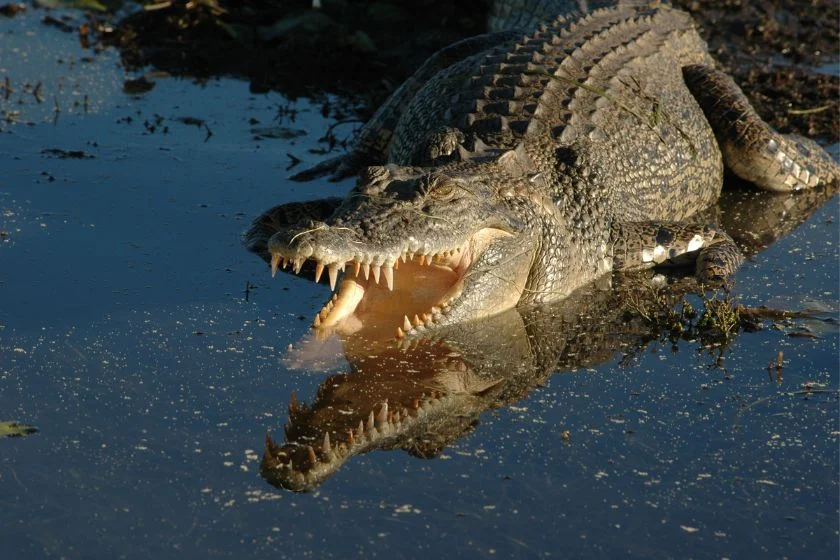
- Scientific name: Crocodylus porosus
- Classification: Reptile
- Habitat: Brackish and freshwater
- Diet: Carnivore
- Conservation status: Least concern
The undisputed largest reptile in the world, the saltwater or estuarine crocodile can grow to lengths of 5 meters and weigh as much as 1000 kilograms.
At a time, scientists thought they were going extinct, but now they are protected species and have a stable population, mainly on the coasts of Northern Australia.
These nocturnal hunters are territorial and are very aggressive towards intruders.
Being masters of stealth and camouflage, they often sneak up on unsuspecting prey.
Using their powerful jaws, they drag their prey into the water, where they feast on them.
A successful attack by a saltwater crocodile on a human can lead to death.
11. Eastern Brown Snake
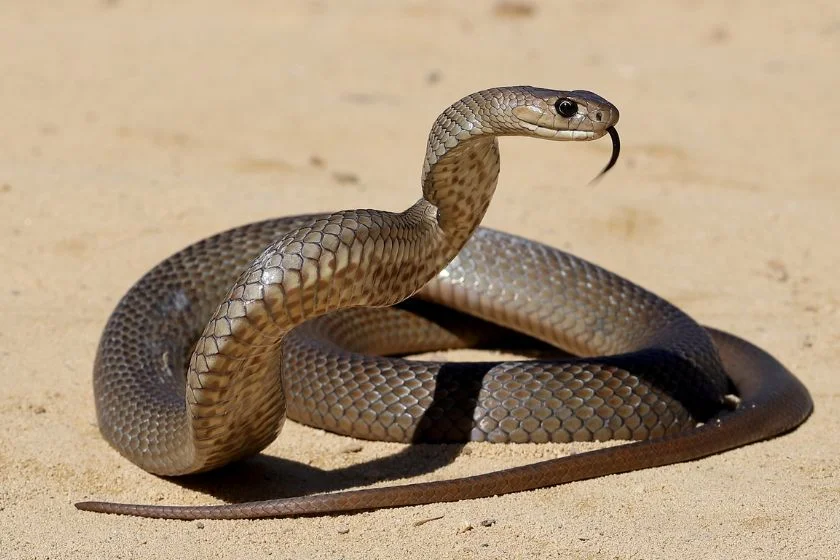
- Scientific name: Psuedonaja textilis
- Classification: Reptile
- Habitat: Woodland, scrubland, savannah, grassland
- Diet: Carnivore
- Conservation status: Least concern
These snakes are responsible for most snake bites and deaths in Australia and are highly venomous.
They can be found in farmlands and places where they can easily hunt house rats and mice.
Their bite symptoms include; sweating, vomiting, seizures, paralysis, bleeding, cardiac arrest, and kidney injury.
Any victim of an eastern brown snake bite should seek medical help immediately.
12. Western Honey Bee

- Scientific name: Apismellifera
- Classification: Insect
- Habitat: Gardens, woodlands, orchards, meadows
- Diet: Herbivore
- Conservation status: Least concern
If native Australians were asked to name the greatest threat to life on the continent, not many would think of the honeybee.
However, these bees pose the greatest threat to the public health of all venomous animals. More people are hospitalized for bee stings than snake bites.
These bees are not native to Australia but were brought in by colonialists in 1822.
A number of these bees escaped, and now we have honey bees all over Australia except in desert regions.
Honey bees do not attack humans except if there has been an encroachment of their hive, and that would result in them attacking the intruder.
Australia Wildlife Safety Tips
A trip to forests, woodlands, or game reserves is very exciting and fascinating.
But there are some guidelines you have to adhere to avoid being attacked by these animals.
They include:
- Wear proper protective clothing. Full-body swimming gear is necessary for an aquatic trip to the seas. Wearing boots is also essential for field trips.
- Maintain a respectable distance whenever you sight a wild animal. Most animals would rather avoid human interaction.
- Don’t attempt to feed these animals. Feeding them can be tempting, but try not to feed them because if they get used to you feeding them and a day comes, you don’t have anything to give them. They will become aggressive and attack you or other people they come across.
- Always have a weapon for your defense, at least a strong stick. Carry weapons like a small knife, bear mace, pepper spray, and so on. Always be prepared for an attack; you never can tell any of these wildlife waiting somewhere and ready to attack.
- Move in groups and go with a guide familiar with the terrain. Never move out of your tour group because animals tend to prey on an individual rather than a group.
- Ensure you have the phone numbers of relevant emergency hotlines and medical professionals. Never go hiking alone in the wild without picking up the official ranger hotline in case you are stranded or in trouble.
Frequently Asked Questions
Why is Australia filled with deadly animals?
A biologist and chief scientist at the Australian Museum stated that the reason why the country is filled with dangerous animals is that it was once surrounded by water and separated from the rest of the world, making it difficult for the animals to migrate.
What animals kill humans mostly in Australia?
Surprisingly, the animal that kills humans the most is farm animals (cows and horses). There have been over 77 deaths in 10 years (2008-2017), ranging from car accidents to stampedes.
Are there lions in Australia?
Yes, there are lions in Australia. Although, their numbers are greatly decreasing due to hunting, deforestation, and wildfire.
Are there big cats in Australia?
Yes, there are big cats in Australia. Various sightings of panthers, lions, tigers, and other big cats have existed throughout Australia.
Conclusion
Most of these most dangerous animals in Australia are afraid of humans. They are not all out to hunt humans.
They only attack when they feel threatened. Therefore, be considerate and respect their nature.
Keep your boundaries, and you won’t have to worry about these animals attacking you.
